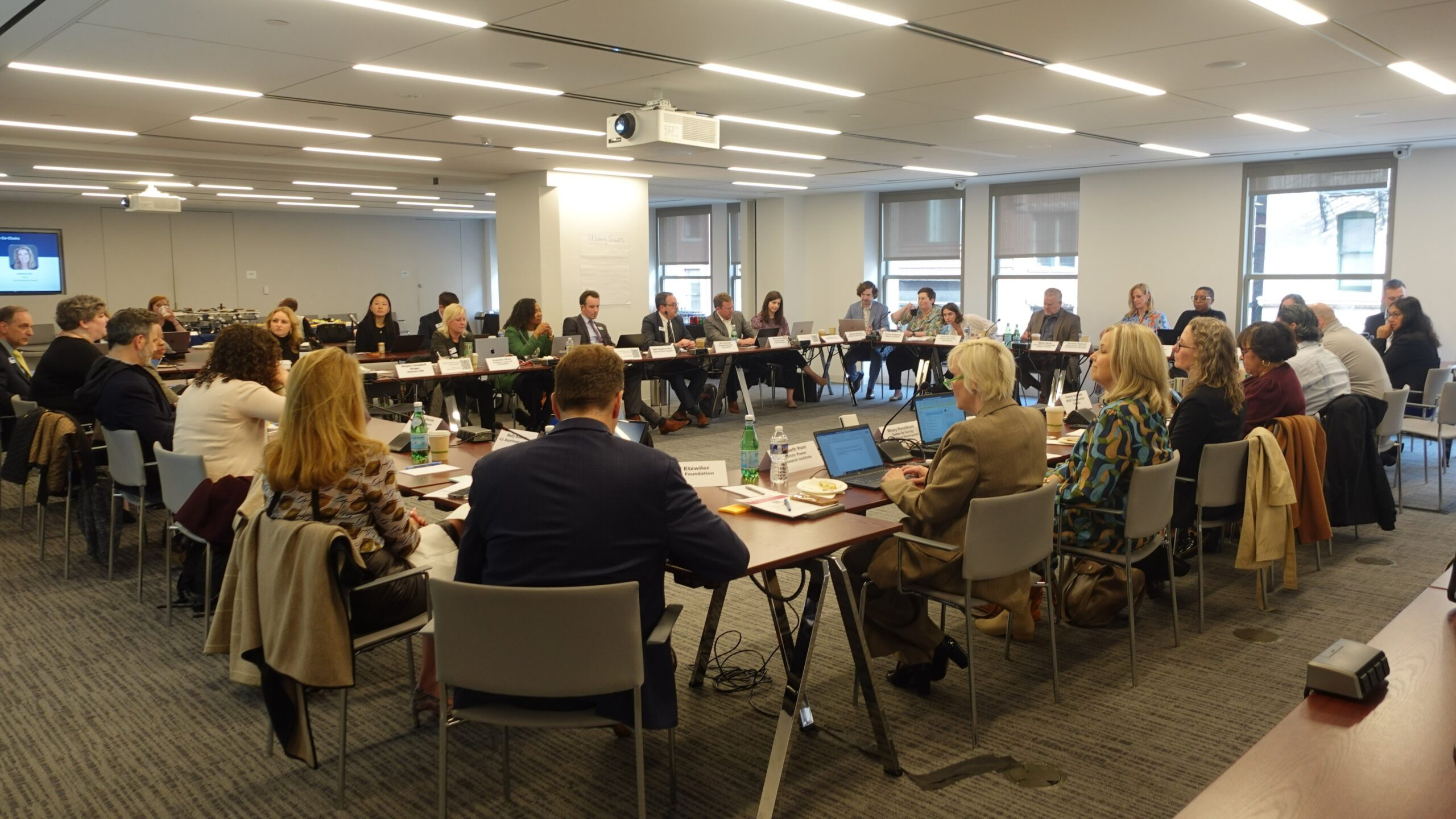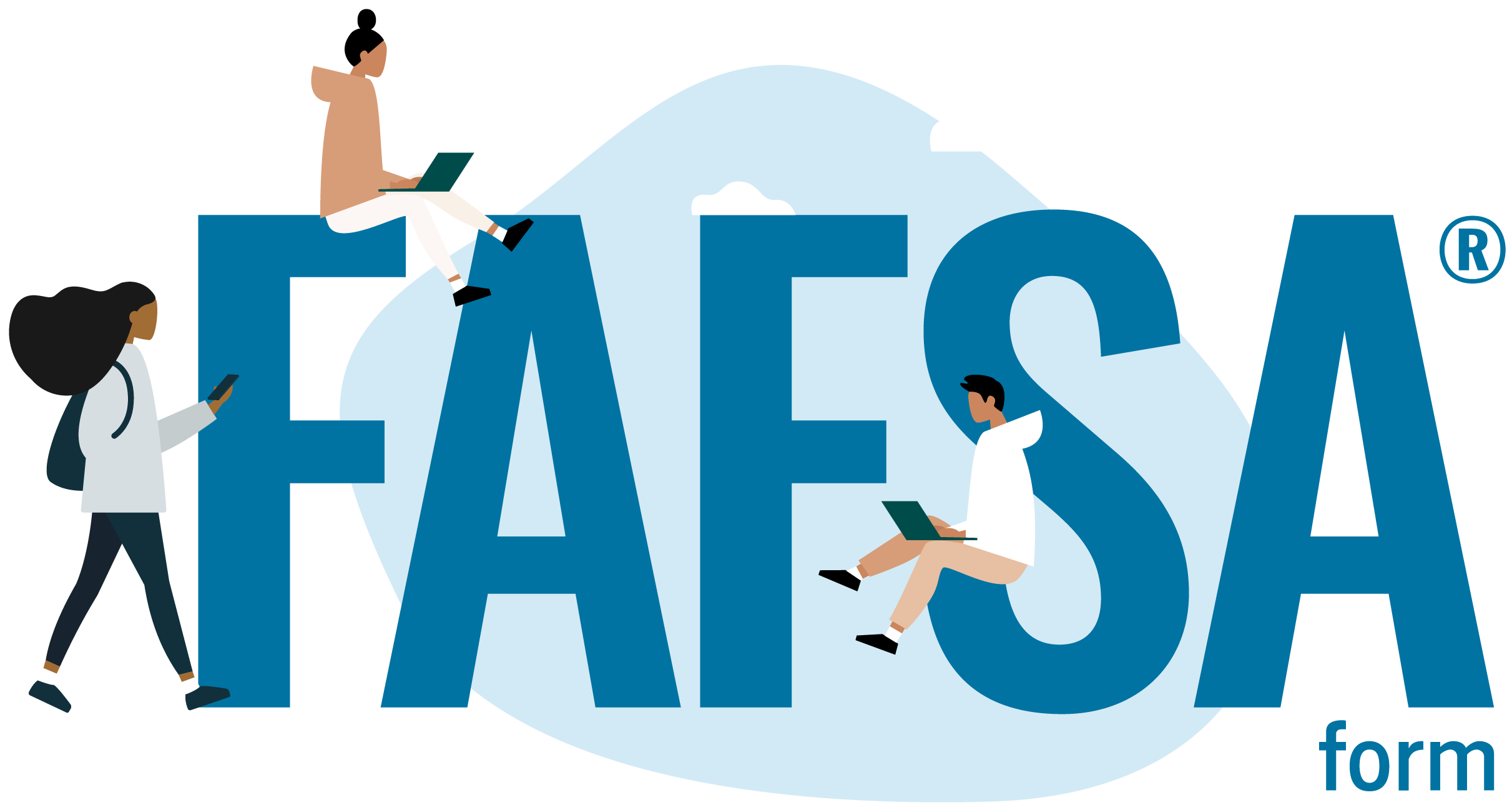This guide offers a toolbox of high-impact strategies that governors can take to connect workers to good jobs today and in the future.
Summary
NGA Center for Best Practices released a Governor’s Action Guide to Achieving Good Jobs for All Americans. The guide outlines opportunities that governors have to create responsive, nimble training and workforce systems to better prepare Americans for the jobs of the future. These opportunities fall into three focus areas: (1) the workforce of the future – aligning education and work; (2) second acts – helping midcareer workers achieve success; and (3) rural resurgence – empowering the rural workforce.
The guide is a result of the 2018-2019 NGA Chair’s Initiative Good Jobs for All Americans, led by Montana Governor Steve Bullock. This initiative aimed to understand the changing world of work and the factors that affect an individual’s ability to connect to a good job and for businesses to access the talent they need to thrive in today’s global economy. Based on this research, this guide offers a toolbox of high-impact strategies that governors can take to connect workers to good jobs today and in the future.
Engage with an interactive version of the Governor’s Guide or download the full report.
The workforce of the future: aligning education and work
Technological innovation will result in new jobs as well as changes to existing jobs. In turn, workers must develop the technical and nontechnical skills necessitated by these changes. It is difficult to predict which skills workers will require in the future, but many highgrowth jobs share a need for workers who have both specialized technical expertise and the ability to adapt to change. Governors can support development of such skills by working with education and business partners to expand existing programs or create new ones. To support the workforce of the future, governors can take action in three main areas:
— Support Skills Training That Meets Industry Needs
— Integrate Date to Communicate the Skills Businesses Need
— Establish State Leadership to Close the Skills Gap
second acts: helping midcareer workers achieve success
With 2019 U.S. unemployment rates at a historic low, governors have a prime opportunity to update the skills of their current workforce and reintegrate workers who have been absent from the civilian workforce. By investing in the skills development of midcareer workers, governors can help them adjust to disruptions in the workplace and help employers benefit from an experienced and diverse workforce. To support updating the skills of midcareer workers, governors can take action in three main areas:
— Expand Access to Continuous Learning
— Promote Seamless Job Transitions
— Provide Holistic Support to Midcareer Workers
rural resurgence: empowering the rural workforce
In today’s tightening labor market, rural communities are a potential source of underused talent. However, these communities also face unique challenges that affect workers’ access to good jobs. The Great Recession more severely affected rural America than urban and periurban areas, and rural areas have been slower to recover; by some measures, they still have not done so. In addition, rural areas have lower overall education attainment rates than urban areas. Despite these challenges, many rural communities continue to thrive, thanks to innovations by local, business and state leadership. States can boost rural communities’ employment and economic vitality by capitalizing on their unique assets. Governors can empower the rural workforce by taking action in three areas:
— Build Digital Infrastructure and Partnerships with Anchor Institutions in Rural Areas
— Integrate Rural Economic and Workforce Development
— Create Networks That Support Communities and Individuals
Conclusion
The 2018–19 NGA Chair’s Initiative set out to identify policies and practices governors can implement to better connect all Americans to good jobs today and in the future. By studying how technological change will affect jobs, identifying in-demand skills, sharing new ways of working, and understanding changes in population and geographic opportunity, governors are well-equipped to develop timely and informed responses. Governors can take a variety of actions to help current and future workers access good jobs across their states:
- Workforce of the Future: Aligning Education and Work. Governors can work with public and private-sector partners to identify skills needed today and in the future, integrate data to communicate these skills needs and establish state leadership to close the skills gap.
- Second Acts: Helping Midcareer Workers Achieve Success. Governors can increase access to continuous learning opportunities, implement policies that promote seamless job transitions and provide holistic support for midcareer workers, especially those who face barriers to employment.
- Rural Resurgence: Empowering the Rural Workforce. Governors can invest in digital and relational capacity in rural regions, better integrate rural economic and workforce development efforts, and create networks that support rural communities and residents.
Governors, in partnership with the private sector, are well positioned to lead the implementation of targeted solutions that improve access to good jobs, designed with their states’ unique context and needs in mind. As a result of governors’ efforts, workers and businesses alike can achieve successful outcomes today and in the future.












